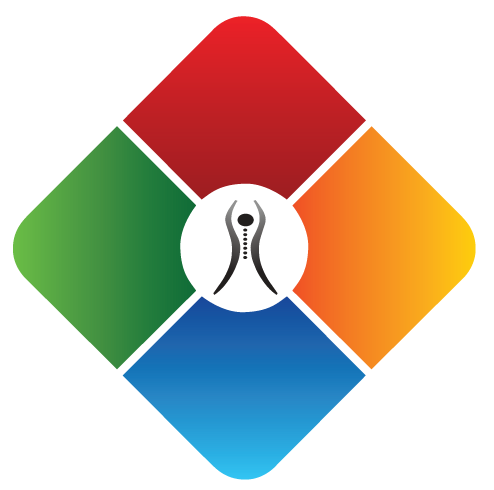Unfortunately I think many of us spend way too much on our device; our phone, our iPad, looking down at something and with that, it can create a handful of physical complaints. I mean, think about this. If you are on social media or spending time on your phone for extended periods, we’re going to be using our hands, our fingers. Our heads going to be down, texting, doing what you will. It can potentially create a few problems.
In the past, we’ve talked about prolonged sitting is the root of many of our evils. It creates low back, mid back, neck pain. Now, just think about that. If you’re on your phone for extended periods of time, the same thing may happen. So let’s start with your neck.
I see a lot of patients with neck and upper back complaints, secondary to being on some device. They talk about they read in bed on their phone or their iPad. They’re constantly texting. They’re utilizing their smart device for work activities. So, when my head is in prolonged flexion, or if I’m looking down for an extended period of time, a couple things happen.
First thing, all these stabilizing structures in my neck, their primary role is to provide bracing or support. They start to get lazy and weak. So, when I start to develop laziness, weakness, if something becomes deactivated, then my body is going to compensate and typically the compensation will come from the back area. I’m sure many of you, with stress and work, you may feel like your shoulders are up in your ears. Many times that’s a function of overactive muscles, the upper trapezius, levator scapulae; all these muscles here on the backside of your shoulder, that connect here at the base of your skull.
What has happened is that prolonged flexion, looking down at something, a device, I start to develop some weakness in the front and then I get very overactive and tight. From there, I have patients that complain of chronic upper back pain, neck pain, even headaches. So those are three conditions that are very, very common with prolonged usage of these devices; headaches, neck pain, upper back pain.
Then the other one, unfortunately I see is a lot of neuropathic or neurological conditions; carpal tunnel. You know, chronically or repetitively using our fingers as we text, can start to create some issues within the median nerve. Once that nerve gets a bit irritated, we start to develop numbness, maybe tingling and even weakness into the fingers. That can even move upstream to our elbow and so forth. I’ve had patients that have complained of tendonitis or inflammation of the tendon. Whether it’s on the outside or inside, repetitive use of our hands, could potentially create some issues in our neck.
I know it’s part of our daily life. I know we’re all going to do it. So, you know, obviously the first thing is just be mindful of how long you’re on the device and if you feel like you need to be on the device for extended periods, get up, take a break, move around, get that head up to a neutral position. Maybe do a few head rolls, some stretches, some things to kind of interrupt that prolonged usage of the device. We’ve talked in the past about prolonged sitting. I want you up moving around. The same thing goes here. A whole lot of something isn’t really good for you, so let’s break that up a little bit. Be mindful of how long on your device.
The last thing that I would suggest, if you do suffer from some of these conditions, whether it’s neck pain, headaches, upper back pain, numbness, and tingling into your fingers, always get checked out. All of these conditions are things that we see here at Tulsa Spine and Rehab. It’s something that we see on a daily basis. Sooner is always better than later, meaning when you start to experience these things, if you know these things persisting for a few days, get in somewhere and get it checked out. And as we always it here at Tulsa Spine and Rehab, keep moving.
